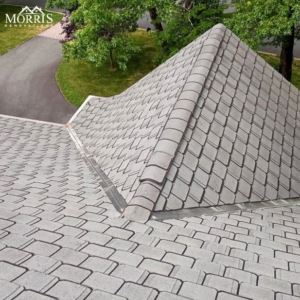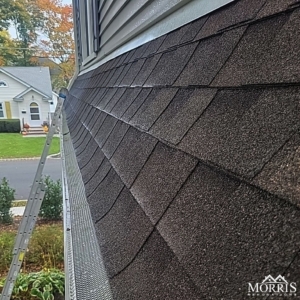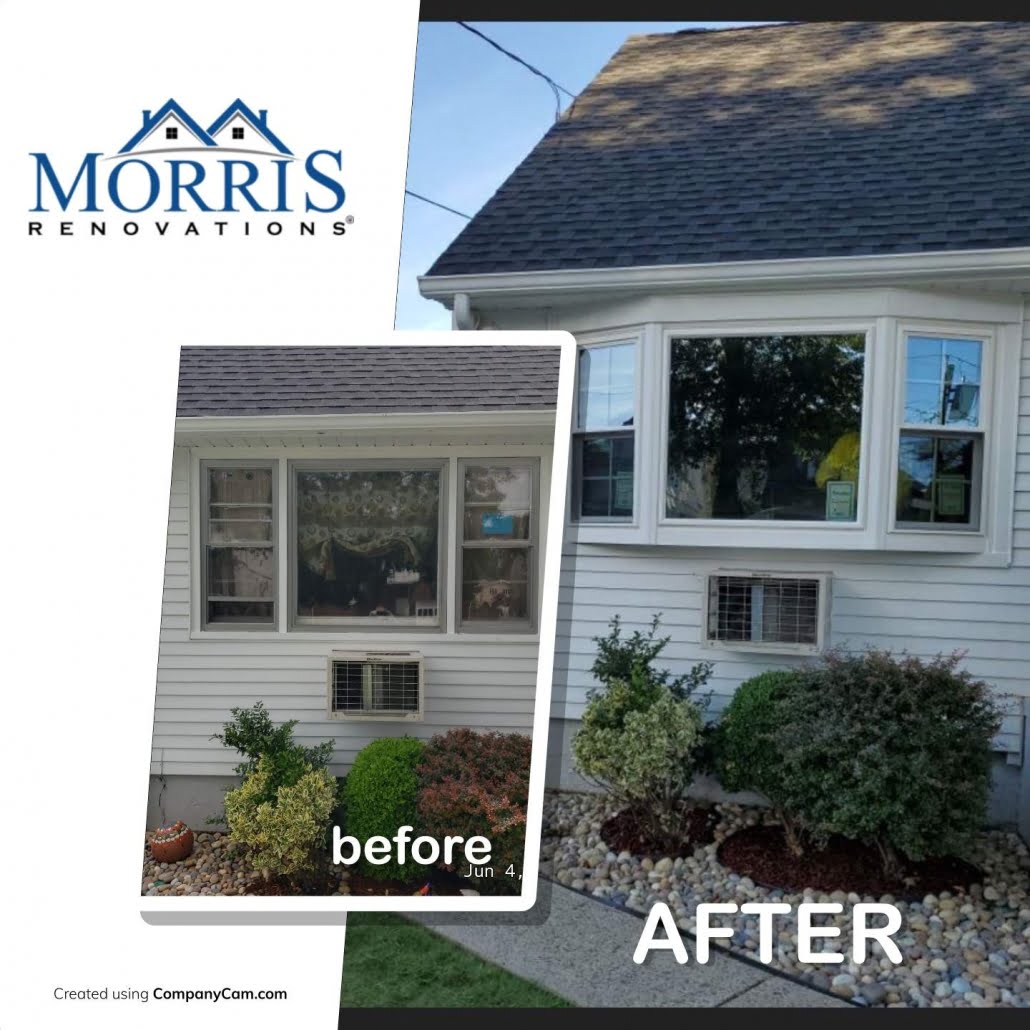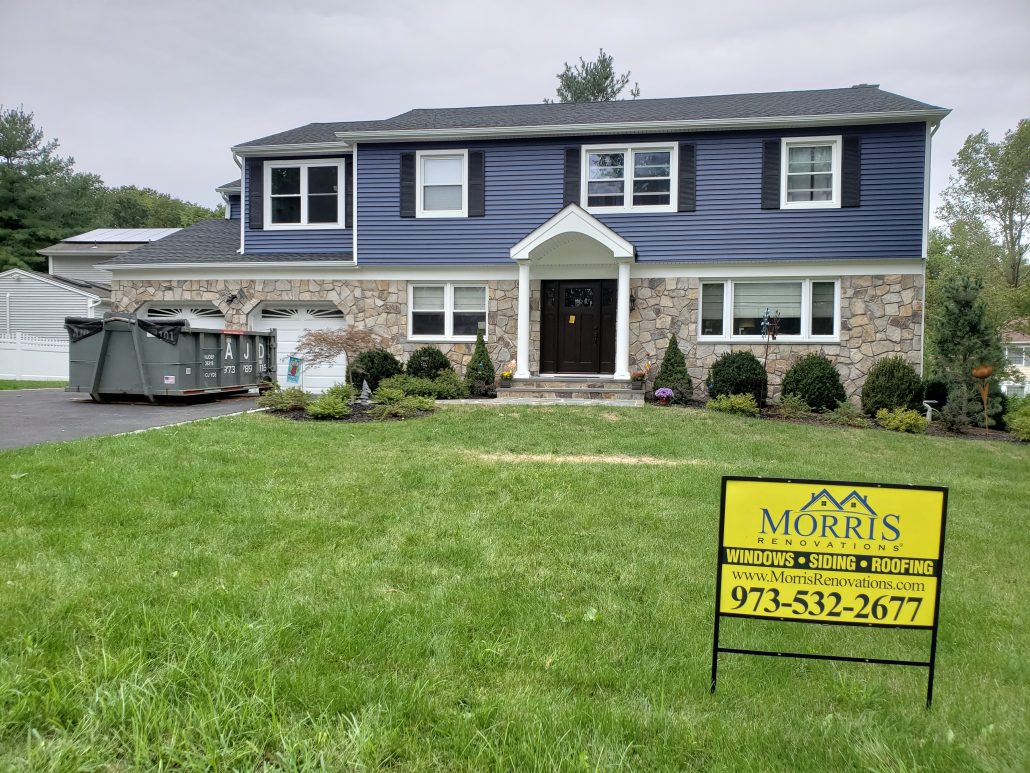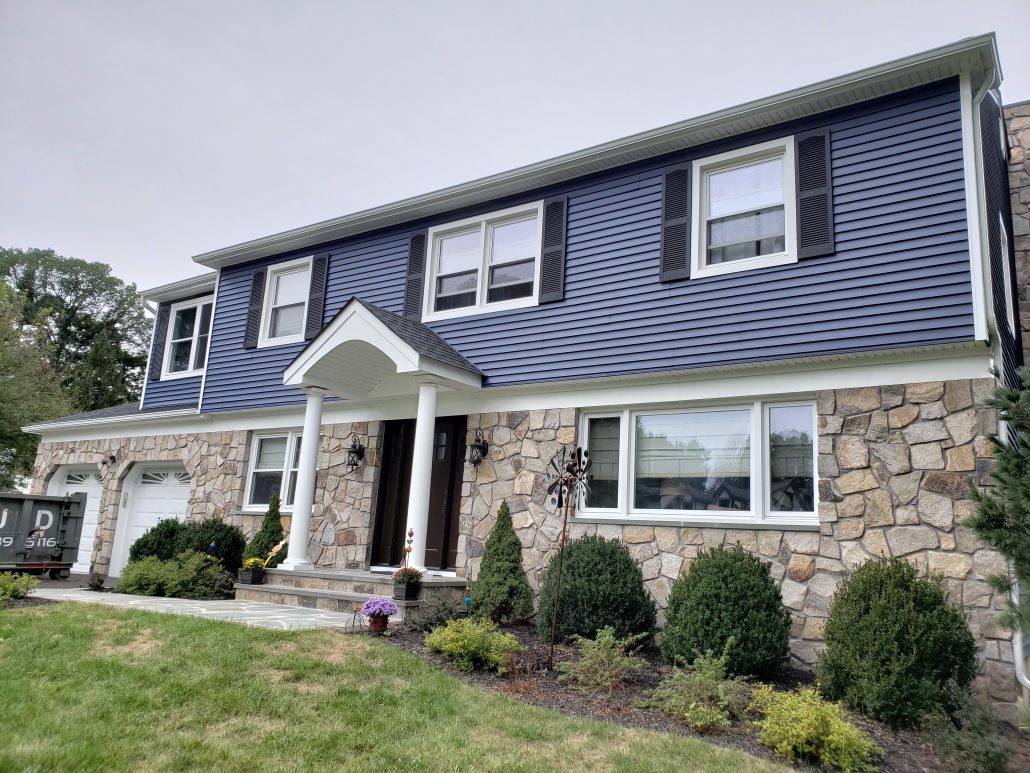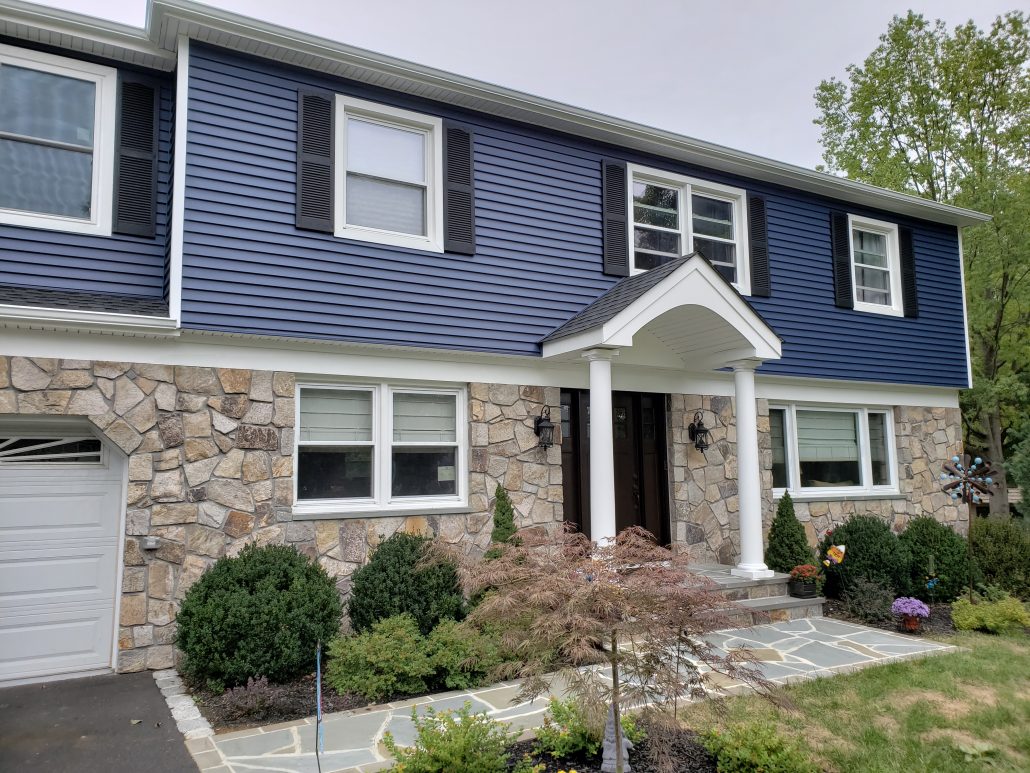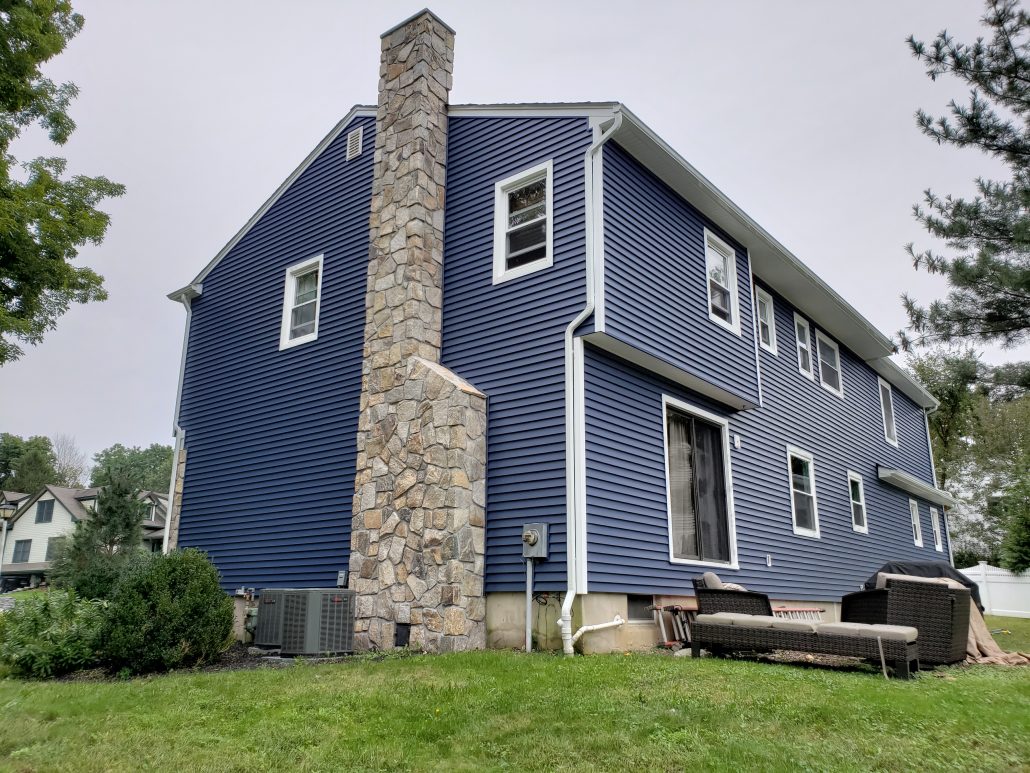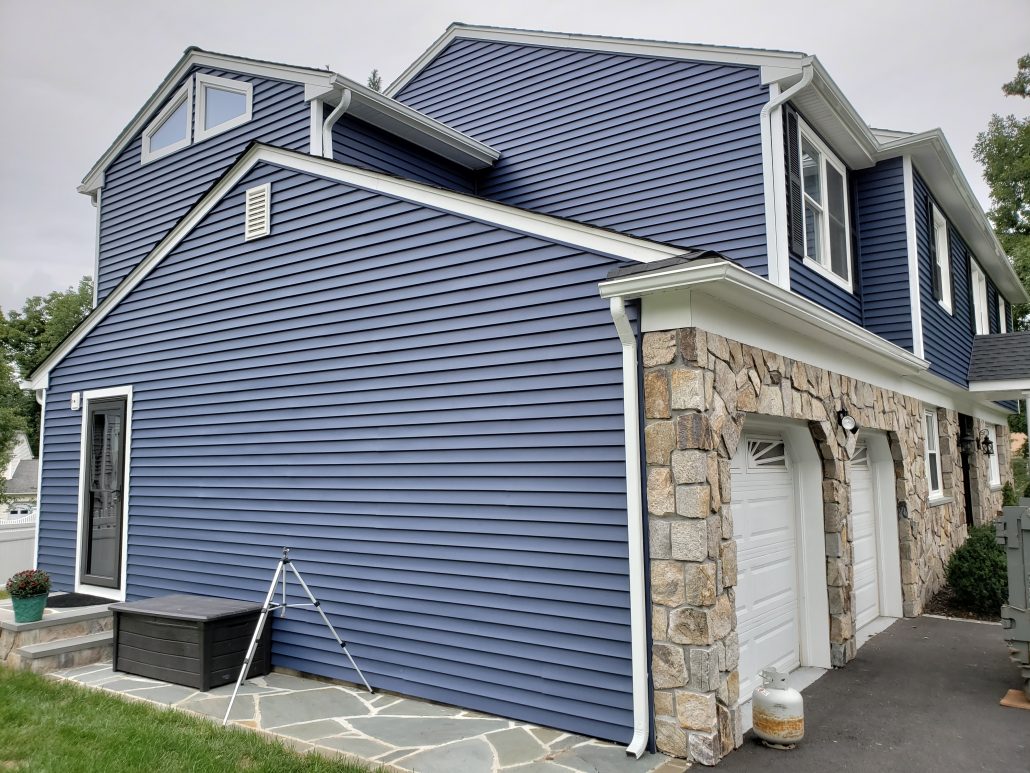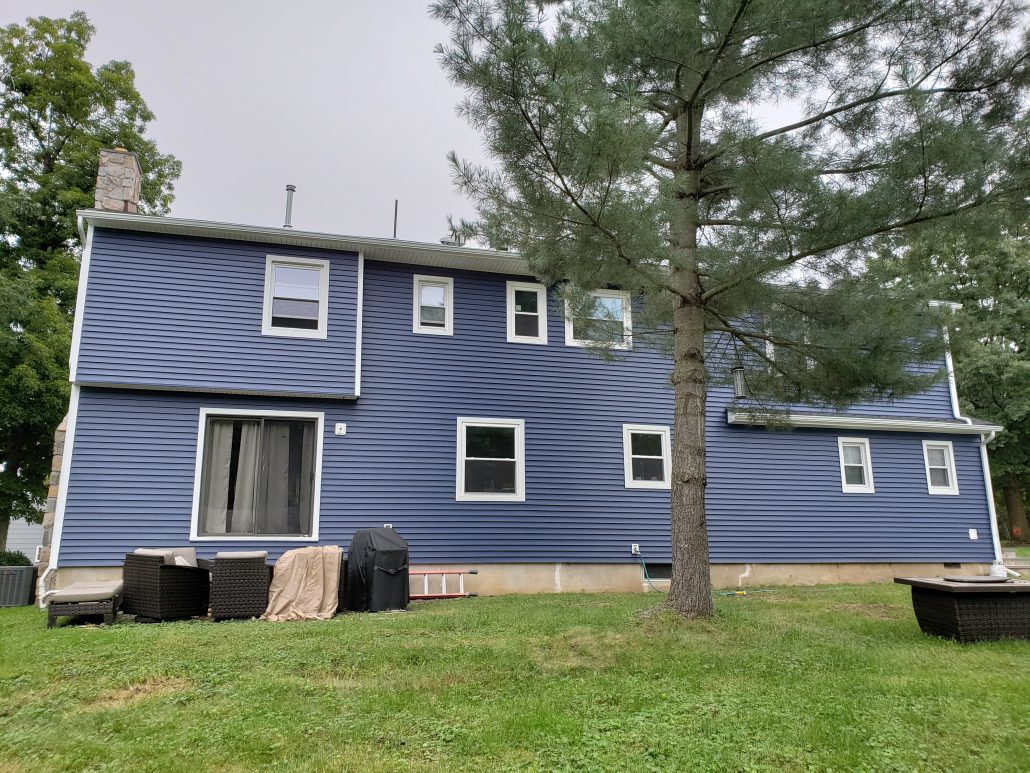The Future of Solar Shingles
Solar energy is not a new concept. Yet, the way we harness it is constantly evolving. One of the latest advancements in this field is solar shingles (SS).

Solar Roof Shingles
These innovative devices blend the functionality of solar panels with the aesthetics of traditional roofing materials. They are not only efficient but also visually appealing.
In this article, we will delve into the world of solar shingles. We will explore their benefits, cost-effectiveness, and suitability for different regions, with a special focus on Florida.
Join us as we uncover why they represent the future of residential solar energy solutions.
What Are Solar Shingles?
They are also known as photovoltaic shingles, are a type of solar energy solution.
They are designed to look like conventional roofing materials while generating electricity.
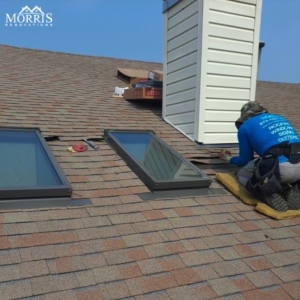
Hanover Roofer
Unlike traditional solar panels, solar shingles are integrated directly into the roof. They serve a dual purpose: protecting the home from the elements and converting sunlight into energy.
The technology used in solar shingles is similar to that in solar panels. They both use photovoltaic cells to capture sunlight and convert it into electricity.
However, they are smaller and less conspicuous than traditional solar panels, making them an attractive option for homeowners who value aesthetics as well as functionality.
The Evolution of Solar Shingle Technology
Solar shingle technology has come a long way since its inception.
In the early days, solar shingles were not as efficient as traditional solar panels. They were also more expensive and less durable.
However, advancements in photovoltaic technology and manufacturing processes have significantly improved the performance and affordability of SS.
Today, they are a viable alternative to traditional solar panels, offering comparable efficiency and durability, with the added benefit of a more aesthetically pleasing appearance.
Aesthetic and Functional Appeal
One of the main draws of SS is their aesthetic appeal. Unlike bulky solar panels, solar shingles blend seamlessly with traditional roofing materials.

This makes them an attractive option for homeowners who want to harness solar energy without compromising the look of their homes.
In addition to their aesthetic appeal, solar shingles also offer functional benefits. They are durable, weather-resistant, and capable of generating a significant amount of electricity.
Efficiency and Performance in Various Climates
Solar shingles are designed to convert sunlight into electricity efficiently. They use advanced photovoltaic technology to achieve this.
The efficiency of SS can vary depending on the climate. In areas with abundant sunlight, they can generate a significant amount of electricity.
However, they can also perform well in less sunny climates. Even on cloudy days, solar shingles can still generate electricity, albeit at a lower rate.
The performance of the SS also depends on the orientation of the roof. South-facing roofs tend to get the most sunlight.
Despite these factors, solar shingles can provide a reliable source of electricity in various climates.
Special Focus: Solar Shingles in Florida
Florida, known as the Sunshine State, is an ideal location for SS. The state’s abundant sunlight allows solar shingles to generate electricity at high rates.
Moreover, Florida offers incentives for solar energy, making SS a cost-effective option.
Solar reflective shingles are particularly beneficial in Florida. They reflect sunlight, reducing heat absorption and helping to keep homes cool.
Cost Analysis: Upfront Investment vs. Long-Term Savings
The cost of solar shingles can be a significant upfront investment. This includes the cost of the shingles themselves, as well as installation costs.
However, it’s important to consider the long-term savings. SS can significantly reduce or even eliminate your electricity bills.
Over time, these savings can offset the initial investment. Many homeowners find that SS pay for themselves within a few years.
Additionally, there are financial incentives available for solar energy. These can further reduce the cost of solar shingles.
It’s also worth noting that SS can increase the value of your home. This can be a significant benefit if you plan to sell in the future.
In conclusion, while solar shingles require an upfront investment, the long-term savings and benefits can make them a cost-effective choice.
Installation and Integration into Existing Homes
Solar shingles are designed to integrate seamlessly into existing homes. They are installed directly onto the roof, replacing traditional shingles.
This means that they can be added to your home without the need for major renovations. The installation process is relatively straightforward, although it should be carried out by a professional to ensure optimal performance.
In addition to their functional benefits, SS can also enhance the aesthetic appeal of your home. They blend in with traditional roofing materials, providing a sleek and modern look.
Durability and Maintenance: What Homeowners Need to Know
Solar shingles are designed to be highly durable. They are made from tough materials that can withstand harsh weather conditions. This includes high winds, heavy rain, and even hail.
In terms of lifespan, solar shingles can last for several decades. This is comparable to, if not longer than, the lifespan of traditional roofing materials.
Maintenance for SS is relatively minimal. They do not require any special cleaning or upkeep. However, it is recommended to have them inspected by a professional every few years to ensure they are functioning optimally.
One important factor to consider is the potential for damage. While solar shingles are tough, they can still be damaged by severe weather or falling debris. Homeowners should be aware of this and take steps to protect their investment.
In conclusion, solar shingles are a durable and low-maintenance option for homeowners looking to switch to renewable energy. They offer a long lifespan and require minimal upkeep, making them a practical choice for many homes.
Environmental Impact and Energy Independence
Solar shingles have a significant positive impact on the environment. They generate clean, renewable energy, reducing reliance on fossil fuels. This helps to lower greenhouse gas emissions and combat climate change.
In addition to their environmental benefits, SS also promote energy independence. Homeowners who install solar shingles can generate their own electricity. This reduces their dependence on the grid and can even result in energy cost savings.
In conclusion, SS offer a way for homeowners to reduce their environmental footprint and achieve energy independence. They represent a sustainable and self-sufficient approach to home energy.
Incentives and Tax Credits for Solar Shingle Installation
There are numerous incentives and tax credits available for homeowners who choose to install solar shingles. These can significantly offset the initial cost of installation. For instance, the federal solar tax credit allows homeowners to deduct a portion of the cost of installing a solar energy system from their federal taxes.
In addition to federal incentives, many states also offer their own solar incentives. These can include property tax exemptions, sales tax exemptions, and cash rebates. It’s important for homeowners to research the specific incentives available in their area.
In conclusion, the financial incentives for solar shingle installation can make this renewable energy option more affordable for many homeowners. It’s a worthwhile investment that can lead to significant savings in the long run.
The Future of Solar Shingles: Advancements on the Horizon
The future of solar shingles is bright, with many advancements on the horizon. As technology continues to evolve, we can expect to see SS become even more efficient and cost-effective.
One of the most exciting advancements is the development of thin-film solar cells. These cells are lighter and more flexible than traditional solar cells, which could allow for solar shingles that are even more aesthetically pleasing and easier to install.
In addition, advancements in energy storage technology could make SS an even more attractive option. With improved battery storage, homeowners could store excess energy produced during the day for use at night or during periods of low sunlight.
Finally, as the demand for renewable energy continues to grow, we can expect to see more companies entering the solar shingle market. This increased competition could lead to lower prices and more options for consumers.
Choosing the Right Solar Shingle Provider
Choosing the right solar shingle provider is crucial. It’s not just about the product, but also the quality of service.
Look for a provider with a solid track record. They should have a history of successful installations and satisfied customers.
Also, consider the warranty they offer. A good warranty can provide peace of mind, knowing that your investment is protected.
Market Leaders and Product Offerings
Several market leaders stand out in the solar shingle industry. Companies like Tesla, CertainTeed, and SunTegra have made a name for themselves with their innovative products.
Tesla, for instance, offers the Solar Roof, a product that combines solar and non-solar tiles to create a seamless and aesthetically pleasing roof.
CertainTeed, on the other hand, offers the Apollo II, a solar shingle system that integrates with the existing roof for a clean and streamlined look. SunTegra, meanwhile, offers both SS and solar tiles, providing options for different aesthetic preferences and roofing requirements.
Conclusion: Why Solar Shingles Are the Way Forward
Solar shingles represent a significant step forward in renewable energy technology. They offer a blend of efficiency, aesthetics, and practicality that traditional solar panels can’t match.
Moreover, with the potential for long-term energy savings and increased property value, they make a compelling investment. They’re not just good for the environment, but also for your wallet.
As technology continues to advance, we can expect SS to become even more efficient and affordable. They truly represent the future of residential solar energy solutions.
STAY TUNED HERE
Facebook – https://www.facebook.com/MorrisRenovationsNJ
YouTube – https://www.youtube.com/channel/UCp2MQzbnwQ2HELpIaxyZHZg
Instagram – https://www.instagram.com/morrisrenovationsinc/
LinkedIn – https://www.linkedin.com/company/morris-renovations
Twitter – https://twitter.com/MR_Morristown
Pinterest – https://www.pinterest.com/morris_renovations/
Medium – https://medium.com/@morrisrenovationsinc
Morristown Location – https://g.page/morris-renovations-inc?gm
Randolph Location – https://g.page/r/Cc_q9x0Rt5MeEAE


